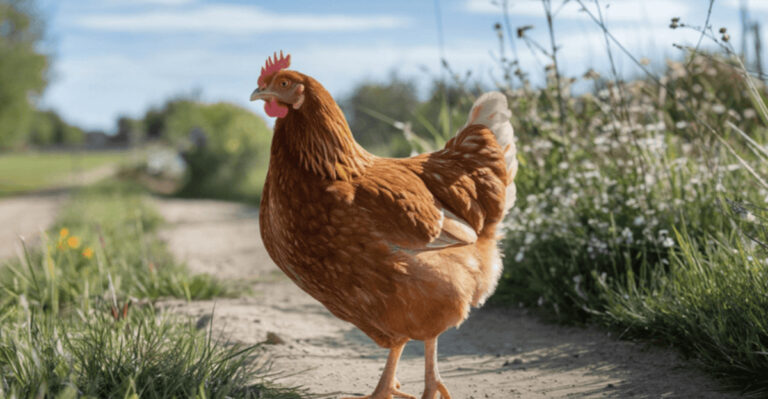11 Must-Know Tips Before Bringing Home A Second Pet

Bringing a second pet into your home can be a thrilling choice that adds happiness and companionship to your life. The prospect of expanding your furry family can be exciting, as it often brings new energy, playfulness, and love into your household.
However, it’s crucial to approach this decision with careful consideration to ensure that both your current pet and the new addition can coexist harmoniously. Here are some important factors to think about before you make this significant commitment.
1. Introduction Process

Proper introductions are crucial for building a positive relationship between your pets. Go slow, use scent swapping, and supervise their first few meetings closely.
Never force interaction—let them set the pace. A calm, structured approach helps reduce stress and encourages bonding over time.
2. Individual Attention

It’s easy to assume pets will keep each other company, but they still need one-on-one time with you. Neglecting individual attention can lead to jealousy or behavioral changes.
Make time each day to connect with both pets separately. Balanced bonding strengthens your relationship and reduces rivalry.
3. Space And Living Arrangements

Before adding another pet, assess your living space. Make sure there’s enough room for both animals to have their own safe zones to eat, sleep, and relax.
Overcrowding can lead to stress and territorial behavior. A peaceful environment helps both pets adjust and thrive.
4. Time Commitment
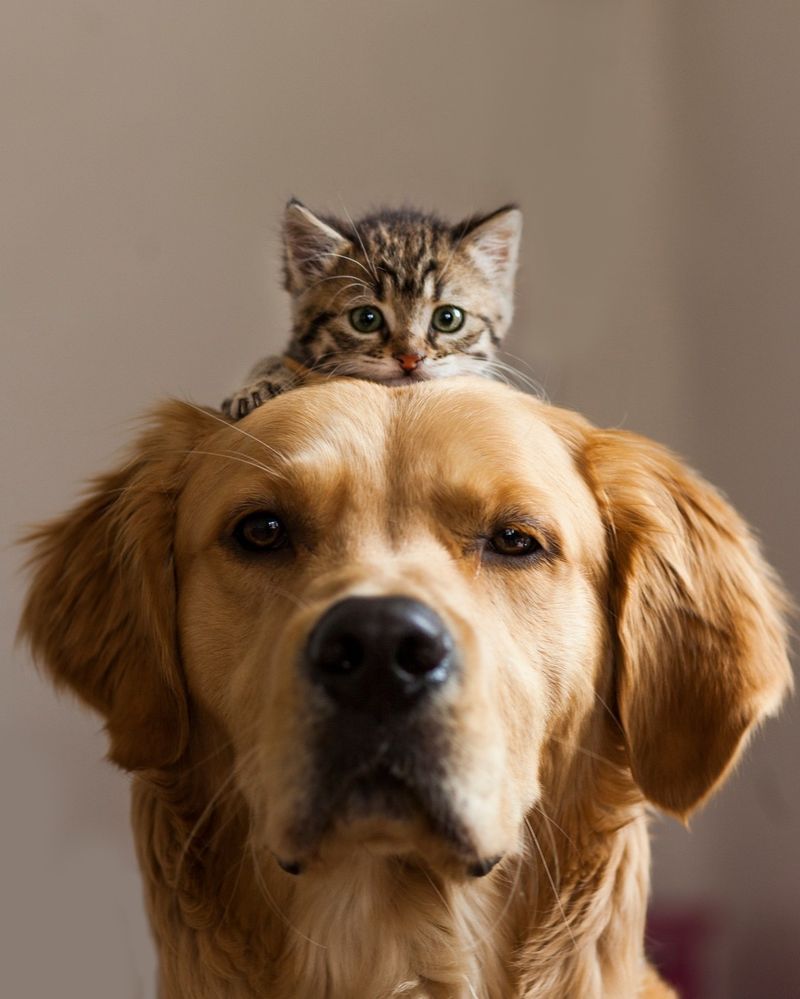
A second pet means double the time for feeding, grooming, play, and supervision. If your schedule is already tight, consider whether you can consistently meet the needs of two animals.
They’ll both require individual attention and bonding time. Rushing into it without time to spare could lead to unmet needs and behavioral issues.
5. Financial Responsibility

Vet visits, food, grooming, and unexpected emergencies all add up. Make sure your budget can handle the extra expenses that come with another pet.
It’s not just a one-time adoption fee—there are ongoing costs for both routine and unplanned care. Pet insurance or an emergency fund can provide a safety net.
6. Compatibility With Existing Pet

Not all pets get along, even if they’re the same species. Consider your current pet’s personality, age, and energy level before introducing a new companion.
A calm older cat may not appreciate a hyper kitten, for instance. Successful integration often depends on thoughtful matchmaking.
7. Training And Behavioral Needs
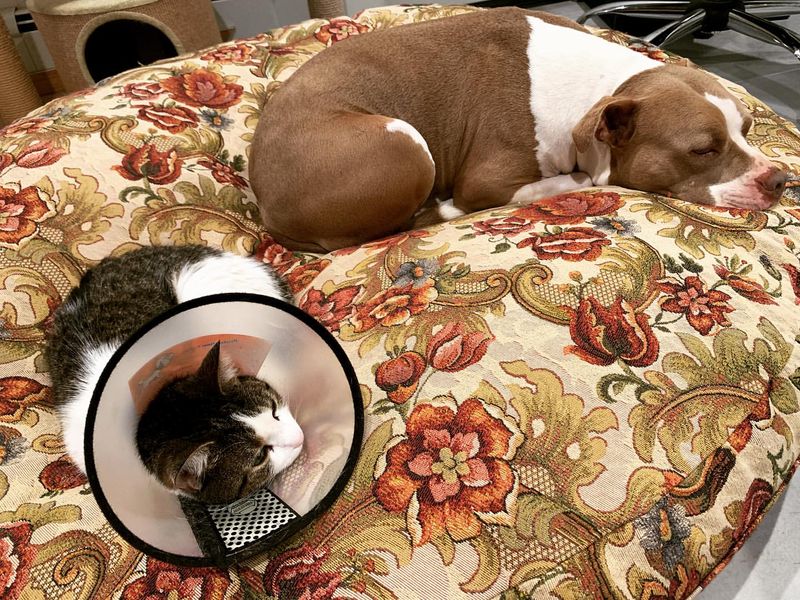
Adding a second pet could mean returning to square one with training. New pets may need housebreaking or obedience training, and your current pet may regress or act out in response to the change.
Be prepared to reinforce boundaries and reward good behavior for both animals. Consistency and patience are key.
8. Health Considerations
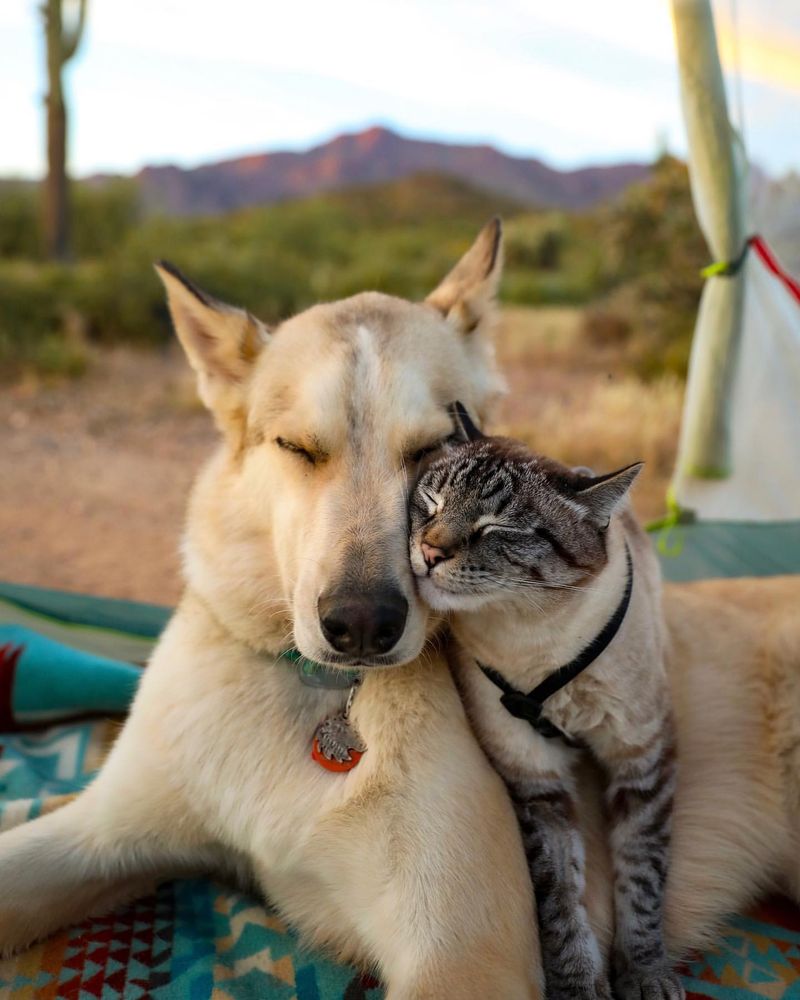
Before introducing a new animal, ensure they’re healthy and up to date on vaccinations. A checkup can rule out any contagious conditions that could be passed to your existing pet.
You’ll also want to consider any chronic conditions or dietary needs. Keeping both pets healthy starts with a safe introduction.
9. Exercise And Activity Level

Different pets have different activity needs, and mismatched energy levels can cause tension or even injury. A high-energy dog might overwhelm a laid-back senior, while a playful kitten may frustrate a shy adult cat.
Choose a second pet that complements your current pet’s energy level. Shared playtime can be enriching—if they’re on the same page.
10. Emotional Readiness
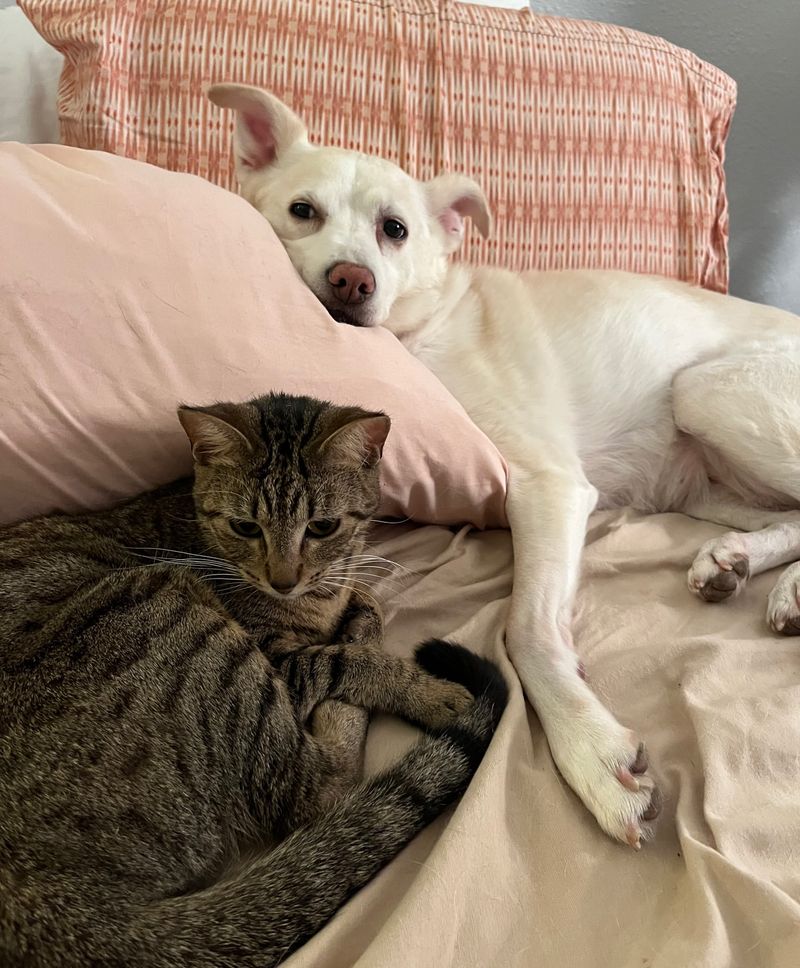
It’s important to evaluate your own emotional capacity before taking in another pet. If you’re dealing with recent changes or stress, you may not be ready for the extra responsibility.
Pets require emotional energy as well as physical care. A second pet should be a joyful addition, not an overwhelming one.
11. Long-Term Commitment

Every pet is a long-term promise, sometimes lasting 10–20 years or more. Make sure you’re prepared for the responsibilities ahead—not just today, but in the years to come.
Consider changes in your lifestyle, living situation, or health that could affect your ability to care for two animals. A second pet deserves the same lifelong dedication as your first.


